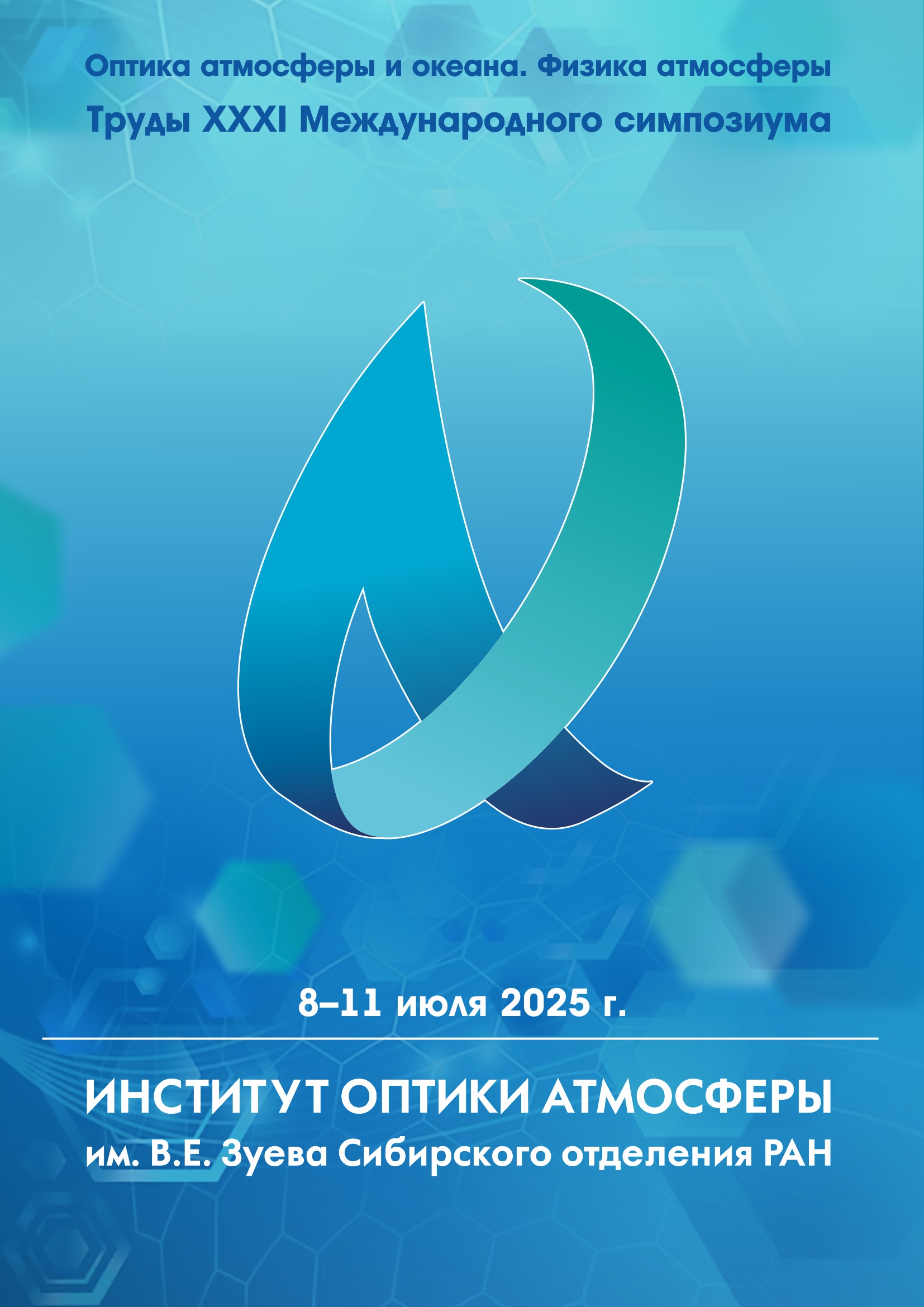UDC 53
CSCSTI 29.00
Russian Classification of Professions by Education 12.00.00
Russian Library and Bibliographic Classification 22
Russian Trade and Bibliographic Classification 61
BISAC SCI053000 Physics / Optics & Light
The laser-induced breakdown (LIBS) method has found wide application in various fields of science and technology. Combination with femtosecond laser radiation (FS-LIBS) as a source allowed to increase the sensitivity of this method by reducing the noise component caused by the bremsstrahlung of optical breakdown plasma electrons. Currently, active research is underway to increase the sensitivity of the FS-LIBS method in various ways. This paper presents the results of a study on increasing the sensitivity of the method for controlling the phase delay between ordinary (o) and extraordinary (e) beams formed when a femtosecond pulse passes through a nonlinear KTP crystal. The result is an increase in the intensity of SiO2 emission lines from the test aerosol in the UV range up to 80% from the optical breakdown region.
laser-induced breakdown, femtosecond laser radiation
1. Gurevich E.L., Hergenröder R. Femtosecond laser–induced breakdown spectroscopy: Physics, applications, and perspectives // Appl. Spectrosc. 2007. V. 61, N 10. P. 233A–242A.
2. Mitryukovskiy S., Liu Y., Ding P., Houard A., Couairon A., Mysyrowicz A. Plasma luminescence from femtosecond filaments in air: evidence for impact excitation with circularly polarized light pulses //Physical review letters. 2015. V. 114. N. 6. P. 063003.
3. Yang L., Liu M., Liu Y. T., Li Q. X., Li S. Y., Jiang Y. F., Jin M. X. Influence of polarization of laser beam on emission intensity of femtosecond laser-induced breakdown spectroscopy //Chinese Physics B. 2020. V. 29. N. 6. P. 065203





